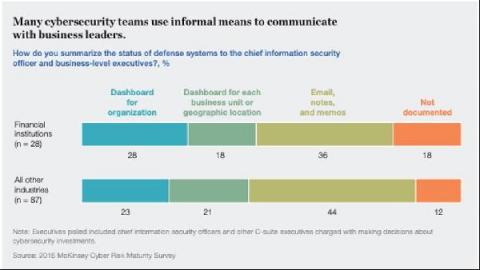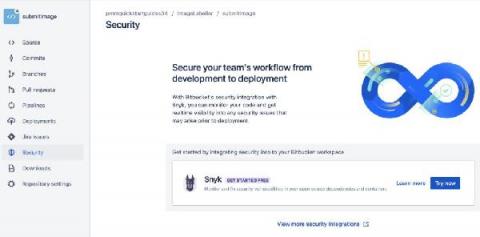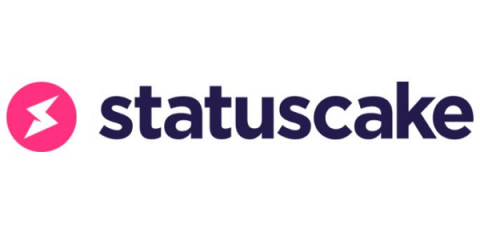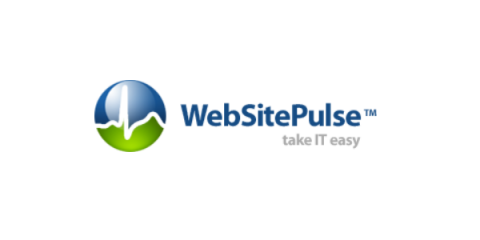Operations | Monitoring | ITSM | DevOps | Cloud
Security
The latest News and Information on CyberSecurity for Applications, Services and Infrastructure, and related technologies.
A Peek at JFrog's Iron Bank Accreditation for Xray and Artifactory
Security Analytics is a Team Sport
Defending against security threats is a full-time job. The question is: Whose job is it? Our cybersecurity landscape is in constant flux, with more users having increased access to corporate data, assets, APIs, and other entry points into the organization.
NIST 800-53 compliance for containers and Kubernetes
In this blog, we will cover the various requirements you need to meet to achieve NIST 800-53 compliance, as well as how Sysdig Secure can help you continuously validate NIST 800-53 requirements for containers and Kubernetes. NIST 800-53 rev4 is deprecated since 23 September 2021 Read about the differences between versions down below →
How to integrate security checks into your deployment workflow
Why securing internet-facing applications is challenging in a Kubernetes environment
Internet-facing applications are some of the most targeted workloads by threat actors. Securing this type of application is a must in order to protect your network, but this task is more complex in Kubernetes than in traditional environments, and it poses some challenges. Not only are threats magnified in a Kubernetes environment, but internet-facing applications in Kubernetes are also more vulnerable than their counterparts in traditional environments.
Why password security is more important than ever
Stop what you’re doing and make your passwords more secure! How, you ask? Read on to find out. It’s become very anecdotal when we speak about passwords for our online accounts and why these might matter. We all take this very lightly and assume that no one can guess or work out what our passwords are and thus we think no one will be able to access our most sensitive information be it online bank accounts, Amazon accounts, or your emails. We are wrong.
Head-to-Head: Penetration Testing vs. Vulnerability Scanning
Policy as code for Kubernetes with Terraform
As you scale microservices adoption in your organization, the chances are high that you are managing multiple clusters, different environments, teams, providers, and different applications, each with its own set of requirements. As complexity increases, the question is: How do you scale policies without scaling complexity and the risk of your applications getting exposed?
Ways to Secure Your Chatbot Against Attacks
Chatbots and Virtual Assistants (VAs) are becoming increasingly popular as businesses accommodate the diverse needs of the digital industry. These tools give companies, no matter how small, the ability to answer their audiences, provide assistance, and solve problems, driving traffic during off-hours and with minimal staff. As a result, chatbots are one of the most effective features you can add to your website. And yet, chatbots present a risk.











